PROSEC - PROgress in Science and Education with Ceramics

PROSEC - PROgress in Science and Education with Ceramics
Bad Säckingen, DeutschlandPROSEC gGmbH (PROgress in Science and Education with Ceramics) is an interdisciplinary and international expert network for science and continuing education focused on ceramic or alternative metal-free restorations and professional networking across universities, practices, and laboratories. In order to sustainably improve workflows and quality of care, the team concept of dentists and dental technicians is a crucial pillar of our philosophy.
Synergy of expertise and study support
Our expert group is composed of nationally and internationally renowned scientists, clinicians, dental technicians, and prophylaxis specialists. Uniting these groups is their clinical, technical, and scientific interest in using ceramic or non-metallic dental materials to sustainably improve prosthetic rehabilitations and thus oral health. The network of professional experts aims to be a scientific and practice-oriented pacemaker for such dental materials through the targeted promotion of studies and literature reviews.
Coordinated international networking
PROSEC initiates interdisciplinary networking across the fields of dentistry, dental technology, and materials science. The network assists in demonstrating the clinical advantages of ceramic and non-metallic dental materials and in creating reliable evidence-based standards for users and patients. We develop workflows for successful collaboration, allowing partners to communicate openly in an international context. The dialogue is conducted on a scientific basis and based on many years of clinical experience.
Strategic expansion and cooperation
PROSEC will continuously expand its expert network by incorporating competent partners from universities, dental practices, and laboratories in order to support the expert committees with new international contributions toward implementing their strategic tasks and goals. The consistent establishment and use of metal-free solutions is a living process that will constantly change and require expansion of the expert network. Evidence-based decision-making aids resulting from interdisciplinary cooperation will help guarantee sustainable care and therapeutic results.
Recommendations for action and knowledge transfer
PROSEC gGmbH aims to promote new ceramic and other non-metallic options for prosthetic restorations across systems. To this end, we develop evidence-based recommendations for users. In continuing education courses, scientifically based competencies in indication, planning, and therapy with metal-free restorations are conveyed. Professional and scientific exchange occurs at PROSEC-supported symposia and workshops. New developments and technologies are accompanied by the initiation of publications.
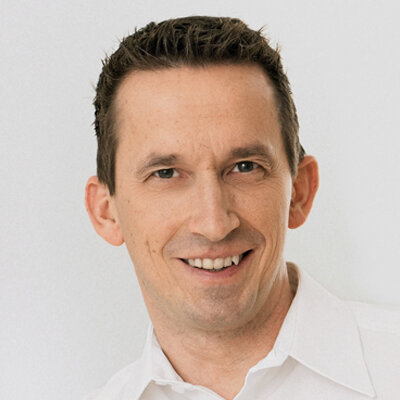
Dr. Sven-Marcus Beschnidt
Deutschland, Baden-Baden
Prof. Dr. Sigmar Schnutenhaus M.Sc.
Deutschland, Ulm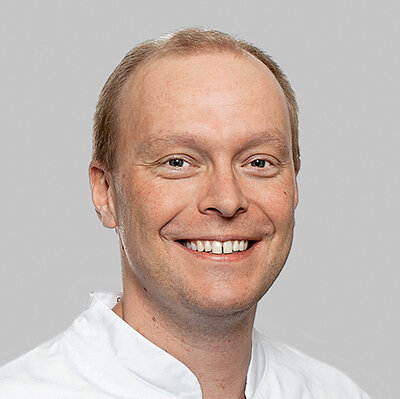
Prof. Dr. Florian Beuer MME
Deutschland, Berlin
Prof. em. Dr. Dr. h.c. Christoph Hämmerle
Schweiz, ZürichChristoph Hämmerle ist emeritierter Professor für rekonstruktive Zahnheil- kunde am Zentrum für Zahnmedizin der Universität Zürich, Schweiz. Er ist sowohl in der Prothetik als auch in der Parodontologie zertifiziert und besitzt einen Fachzahnarzttitel für Implantologie. Er hat mehr als 400 wissenschaft- liche Artikel veröffentlicht und hat einen H-Faktor von 90 (Scopus).
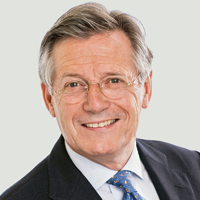
Prof. Dr. Dr. h.c. Jörg R. Strub
DeutschlandProf. Dr. Dr. Wilfried Wagner
Prof. Wagner is a specialist in OMF surgery, plastic surgery and the science of oral medicine, in particular questions of tumor biology, in plastic surgery with cleft lip and palates, functional tumor reconstruction as well as fundamentals of implantology and bone replacement.
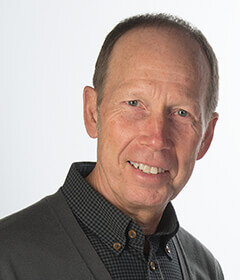
MDT Luc Rutten
Belgien, TessenderloDental Technician Luc Rutten is a lab owner specializing in ceramics and esthetic implantology. He specifically uses the latest digital technologies as well as analog skills. He has gained international renown through numerous international lectures, publications and advisory board activities and is internationally renown for his through numerous international lectures, publications and advisory board activities.

MDT Patrick Rutten
Belgien, TessenderloDental Technician Patrick Rutten is a lab owner specializing in ceramics and esthetic implantology. He specifically uses the latest digital technologies as well as analog skills. He has gained international renown through numerous international lectures, publications and advisory board activities.
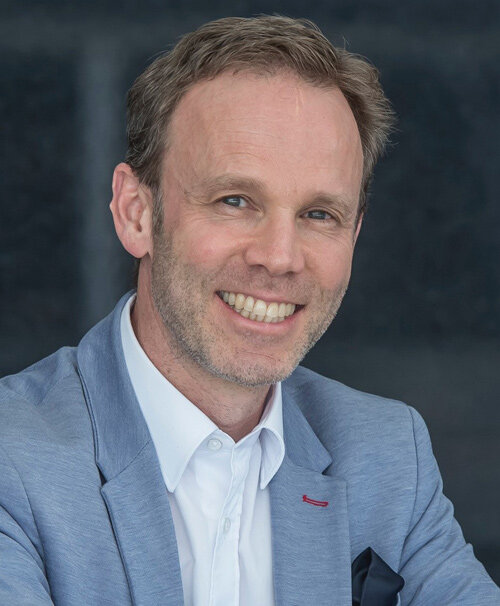
Prof. Dr. med. dent. Ronald Jung PhD
Schweiz, ZürichRonald Jung ist in Prothetik, Implantologie und Oralchirurgie ausgebildet. Gegenwärtig ist er Leiter der Abteilung für Implantologie der Klinik für Rekonstruktive Zahnmedizin am Zentrum für Zahnmedizin, Universität Zürich. Im Jahr 2006 arbeitete er als Visiting Associate Professor an der Abteilung für Parodontologie der Universität Texas Health Science Center in San Antonio, USA (Vorsitzender: Prof. Dr. D. Cochran). 2008 vollendete er seine Habilitation (venia legendi) in der Zahnmedizin und wurde von der Universität Zürich dafür ernannt. Im Jahr 2011 erhielt er seinen PhD Doktortitel von der Universität in Amsterdam, ACTA Dental School, Niederlande. Im Jahr 2013 arbeitete er als Gastdozent in der Abteilung für Zahnerhalt und wissenschaftliche Biomaterialien an der Harvard School of Dental Medicine in Boston, USA. 2015 wurde er zum Professor für Implantologie an der Universität Zürich ernannt. Ronald Jung ist ein anerkannter und international renommierter Dozent und Forscher, der für seine Arbeit im Bereich der Hart- und Weichgewebemanagement und seine Forschung über neue Technologien in der Implantologie und der rekonstruktiven Zahnmedizin bekannt ist. Zurzeit ist er Vorstandsmitglied der European Association for Osseointegration (EAO), Past Präsident der Schweizerischen Gesellschaft für Rekonstruktive Zahnmedizin (SSRD) und ein Vorstandsmitglied der Osteology Foundation.
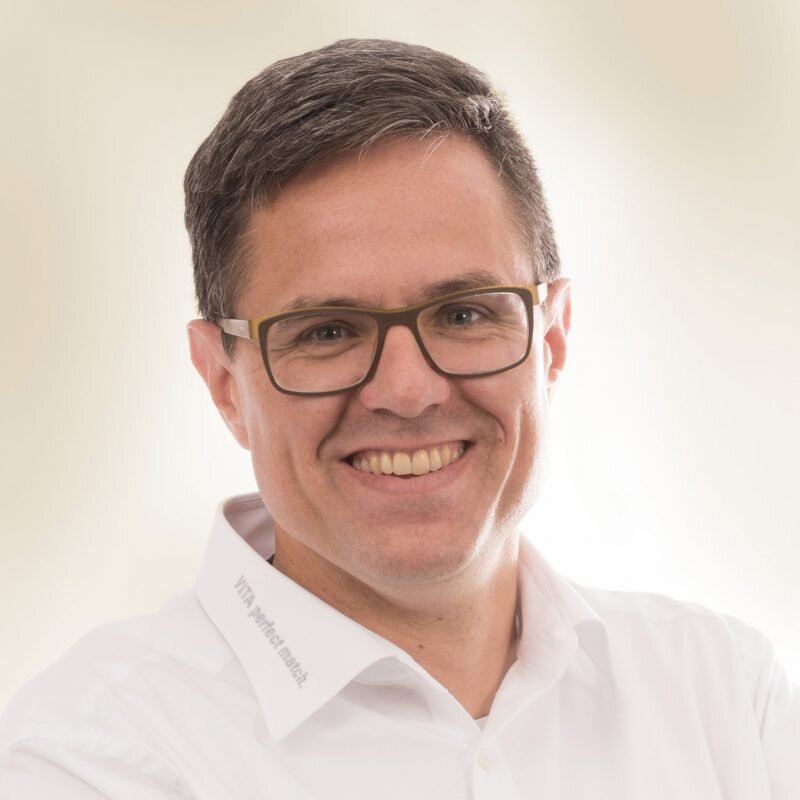
Dr. Michael Tholey
Deutschland, Bad SäckingenDr. Tholey is a qualified dental technician and successfully completed his studies in dental technology in Osnabrück in 2005. He was department head / project manager Research & Development at VITA Zahnfabrik for 10 years and since 2015 Dr. Tholey has been in charge of our technical service (hotline, application technology, courses).

Prof. Dr. Barbara Nebe
Deutschland, RostockProf. Nebe has been Head of the Cell Biology Department at Rostock University Medical Center since 2013. Her research focuses on cell-biological aspects of biosystem-material interaction, cellular acceptance of plasma-chemically and topographically modified biomaterials, regulation of cell physiology in three-dimensional implant scaffolds and the cell-structure-cell function relationship, cellular adhesion.


